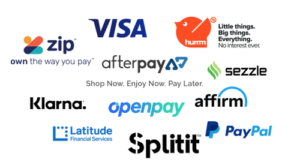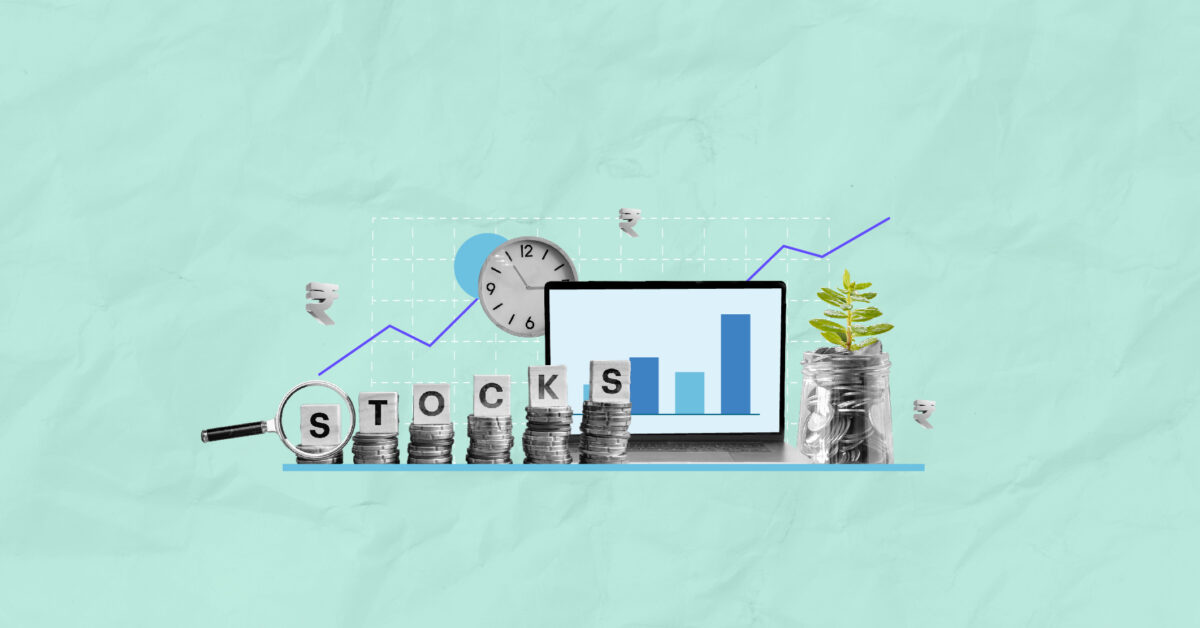Minal and Kinjal live under the same roof but have two different lives. Minal has retired and lived a tough lifesaving every penny to build a house and educate her children. She does not have a private vehicle and always goes for short trips like to Lonavala.
On the other hand, Kinjal is the founder of a gaming startup backed by investors. She has travelled to 50 countries and has 4 credit cards. Gaming consoles and overseas tickets are the major expenses. She draws ₹ 50,000 every month as salary with periodic bonuses from the games won. Kinjal does not know to save. She either pays the entire outstanding amount or pays enough to avoid defaults in EMIs. She wants to buy a big mansion after winning prize money from a big championship.
The same conditions are prevailing in India where the young adults are saving less and borrowing more even at exorbitant interest rates under terms that they do not understand.
A paradigm shift to credit
The change of attitude has intersected with massive digital disruption in the lending business. Thus, the capacity is increasing and there are more lenders in the market which has reduced the cost of borrowing.
There are five shifts:
- Lending is online, where a person fills up a loan application on the bank’s website.
- The surge in fintech firms offers all kinds of convenience in getting funds.
- Young consumers find credit more accessible and transparent rather than relying on the traditional aversion of debt.
- Credit cards and personal loans with high-interest rates are booming.
- Increase in credit demand from non-metro cities and towns.
There is a shift from high savings-low leverage to low savings-high leverage at the household level. The biggest growth comes from millennials and non-metro customers. The credit card penetration is increasing in non-metro cities which is 12% as against 4% in 2019. Millennials availing credit cards or personal loans has increased by 58% whereas the non-millennials growth is just 14%.
According to data published by CIBIL, new accounts in secured categories like home loans (-13% in 2021), auto loans (-1%), etc. is turning negative. On the other hand, the unsecured loans category like personal loans (133%) and credit cards (21%) is surging. Even banks are focusing on retail loans rather than industrial and corporate loans due to rising NPAs and liquidity infusion.
Credit Vidya, a startup that checks the creditworthiness of customers has seen quadruple growth in the number of enquiries from banks from 5 million to 20 million in 2018 and 2019. With the increasing pace of digital transactions and advanced tech, algorithms will help to assess the risk involved in a loan. It can evaluate the creditworthiness of the borrower and future behaviors. Assessing risk can happen in fewer times and costs.
Despite the growth of digitalization, delinquencies have barely increased. Credit information has helped lenders screen customers and manage risks in a better manner.

The Facilitator
Credit is available anywhere- banks, financial institutions, fintech, shadow banks, websites and businesses. They all are coming together on one platform to offer attractive schemes to cater to the massive demand at the checkout point.
Zero EMIs have not only normalized credit but also made the thought of today’s consumption on tomorrow’s income more rational. Breaking down larger payments in small chunks makes it hassle-free for customers.
NBFCs like IIFL are now collaborating with Paycent, Krazybee, and Byju’s to grow their unsecured portfolio. CASHe, a fintech startup, offers 2-to-12-month short term credit. Every month they provide 20,000 new loans of an average size of ₹ 40,000- and 4-months tenure. Also, majority of the customers are between the age of 24-34 years. They assess the credit scores of the customers, scan customers’ digital footprint using AI technology, and check their social media accounts to vet their creditworthiness.
Amazon has partnered with 25 lending companies to offer EMI. Three out of large four customers use it. Zero-cost EMI is frequently used and has grown five times in two years. Flipkart’s Buy Now Pay Later (BNPL) scheme allows customers to buy the product now and pay for it by the 10th of the next month without any extra cost. These schemes have made online payments easy and affordable. The schemes are available in tier-II and tier-III cities. Even MakeMyTrip offers zero-cost EMI plans for international travelers.

Macro-level Factors
There are structural changes in the economy. When the consumer demand is weak, financial inclusion and credit growth are up. This has also impacted the household savings rate, which is falling. With insufficient domestic savings, India’s dependency on foreign funds to finance investments will rise.
India’s household debt has touched its highest. But in other countries, it is way higher. As per IMF, India has barely entered the two-digit numbers. India’s household debt stands at 11% against GDP. Whereas US and China are at 76% and 54% of the GDP. Experts suggest that Indian policymakers should rethink on the low savings rate and retail credit expansion.
In India, lending was generally collateral-based. But now there is growth in unsecured credit with fintech and NBFCs leading the change. Unsecured credit has seen growth among young adults. Retail credit is good for the economy but could increase bad loans.
However, India is still in the nascent stage when credit growth is undergoing a revolution. India has 230 million eligible credit customers and 50 million credit card issuers. Fintech startups have played a critical role in the retail credit boom.

The biggest changes in the credit card industry
- India has massive informal sector borrowers who earlier did not have access to unsecured loans. But with the credit growth, they can easily get consumer loans.
- There is an increase in new-to-credit customers, especially the millennials. Lenders use their digital transaction data to vet their creditworthiness.
- Instant loans are possible because of algorithms and low computation costs.
- There is a wave of fintech startups leading to credit growth.
- Easy access to credit scores helps to keep a check on retail NPAs.
- There is a new digital credit world where there is a shift from offline to online, secured to unsecured, metros to non-metros, etc.

Conclusion
To conclude, a big population of young people are bombarded with mouth-watering deals, benefit backed credit cards, easy access, etc. A 25-year boy from Chandigarh said that three years ago people used to borrow from each other. But now he has a credit card with a limit of ₹1.5 lakhs. He spent ₹60000 for buying gifts and the interest accrued has risen sharply.
A 42-year-old private sector executive in Mumbai held five credit cards and has been using them for eight years. Earlier he didn’t bother to understand the charges but once the impulsive spending rose the credit card bill shook him. He found himself in a vicious debt trap with ₹8 lakh as an outstanding amount. Somehow, he managed to pay the dues but now he doesn’t use credit cards. He buys things only if he has money in his bank account. He regrets not understanding the flipside of credit cards.
Many startups are offering payday loans that are ultra-short (7 to 30 days), unsecured, offered within one hour, backed with a hefty interest of 1-1.5% per day. Currently, payday companies disburse ₹400 crores monthly. These loans are banned in the US. In India, they remain unregulated.
Many people are increasing their credit card consumption due to their current needs. They are not thinking about the eventualities like layoffs, health emergencies, etc. When Indians face unforeseen situations, they have a little cushion to absorb it and their creditworthiness remains limited. This will increase the debt distress in the economy.
Cred came up with some attractive offers and reward points for its members with good credit history. This brings transparency. It helps the startup to track their payment dues, credit card spending, access creditworthiness, etc.




